Using Reclaimed Materials in Interior Design
Chosen theme: Using Reclaimed Materials in Interior Design. Step into a world where every board, brick, and beam carries a story—and your home becomes the narrator. Explore practical tips, inspiring ideas, and heartfelt anecdotes. Subscribe for fresh, real-world guidance and share your own reclaimed transformations with our community.
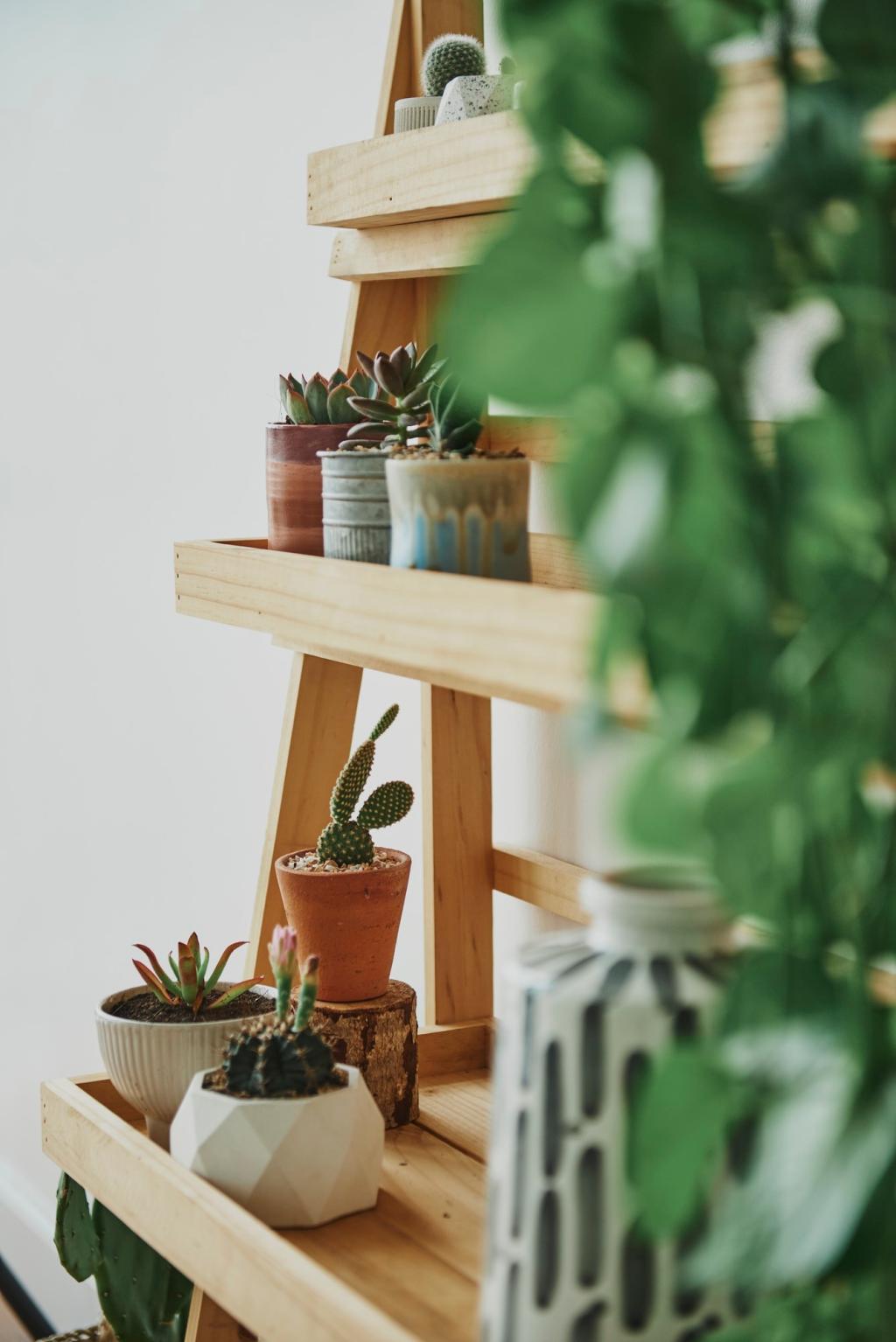
Why Reclaimed Materials Matter Today
Embodied Energy and Carbon Savings
Reusing existing timber, brick, metal, and glass avoids the emissions tied to extracting, manufacturing, and transporting new products. Each salvaged element preserves stored energy, shrinking your project’s footprint while preserving the planet’s resources for future storytellers.
Patina, Imperfection, and Authenticity
Knicks, nail holes, and sun-faded tones create depth that new materials often lack. These marks of time feel honest and grounding, inviting touch and memory. Share your favorite patina moments and how they changed the emotion of your room.
From Demolition to Design
A century-old warehouse beam saved from landfill becomes a striking mantel. Guests ask its origin, and every retelling keeps a neighborhood history alive. Comment with your best salvage story or the piece that made your space truly yours.
Sourcing with Confidence
Start locally: walk salvage yards, measure meticulously, and bring clear photos of your space. Ask about provenance, species, and previous finishes. Strong rapport with knowledgeable staff often unlocks hidden inventory and better matches for interior design projects.
Sourcing with Confidence
Online listings move fast. Request close-up photos, moisture readings for wood, and details about storage conditions. Arrange safe, in-person inspections before paying, and negotiate bundles. Subscribe for our checklist to avoid common surprises when buying reclaimed items online.
Sourcing with Confidence
Contractors, neighbors, and small remodels often yield overlooked treasures. A friend’s porch rebuild might become your future shelving. Share a quick post in local groups, and you can redirect materials from dumpsters into meaningful interior design features.
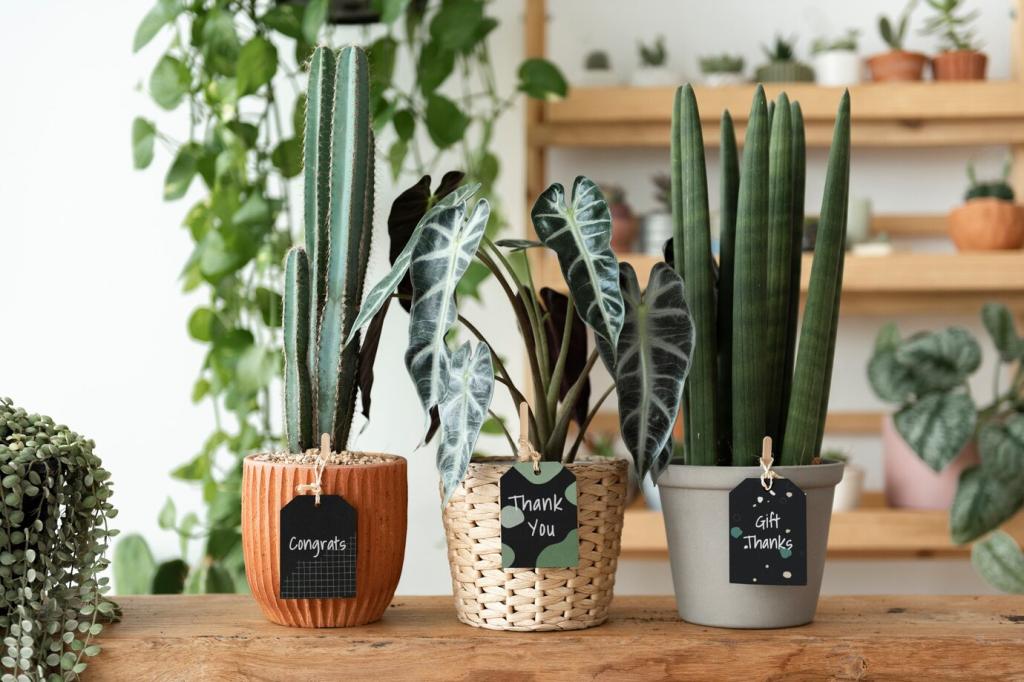
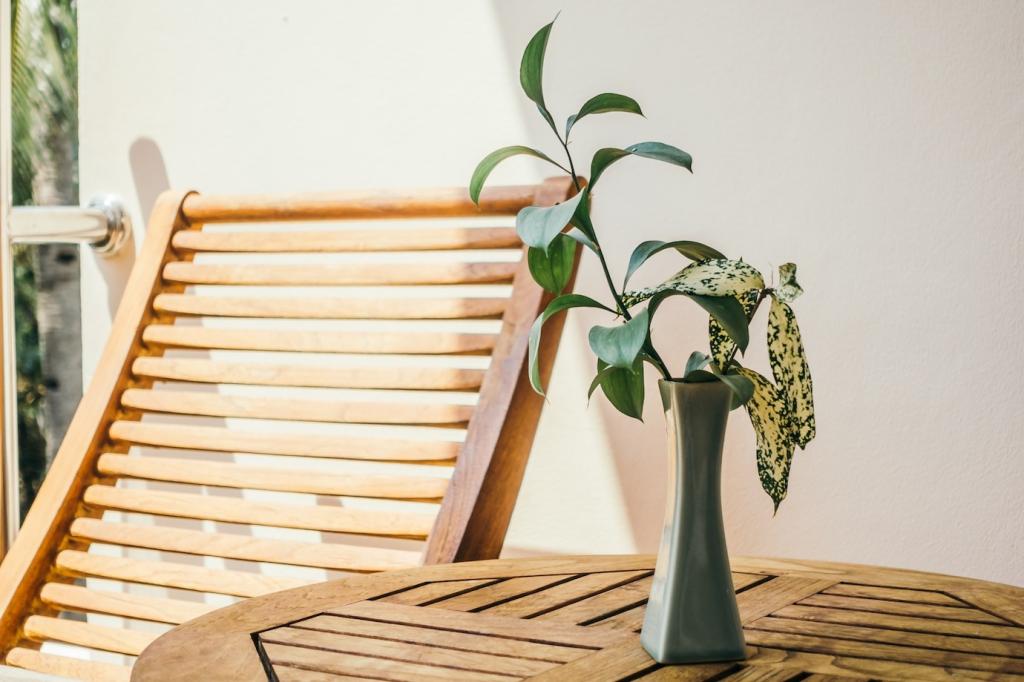
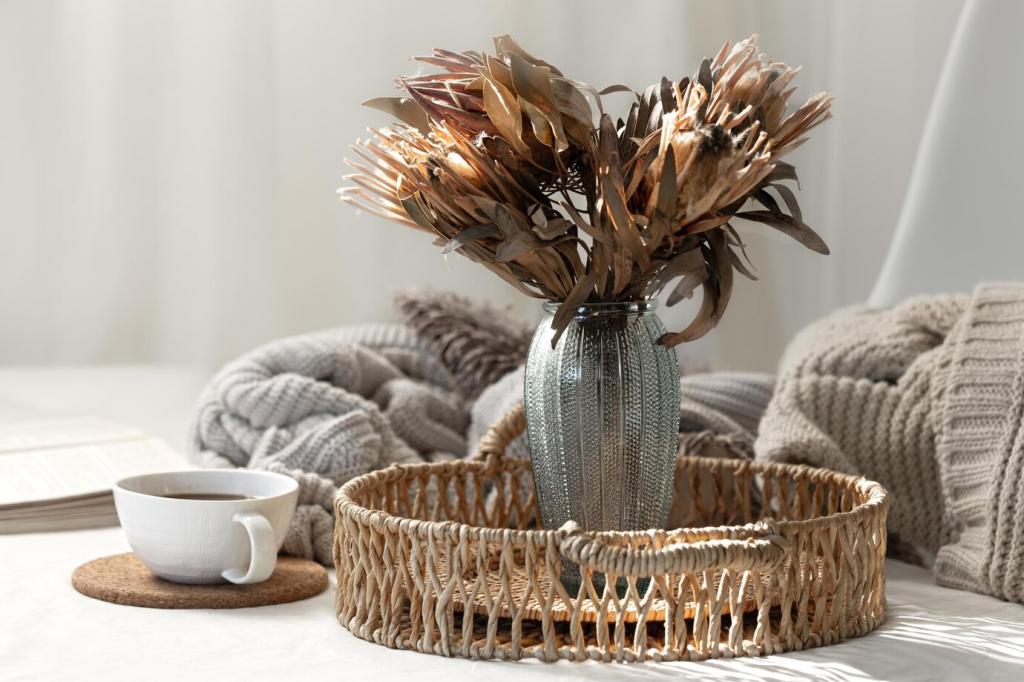
Design Ideas for Every Room
Create a focal wall using cleaned, sealed barn boards paired with reclaimed brick around the fireplace. Keep furniture silhouettes simple so character shines, and layer textiles to soften rough surfaces for a welcoming, conversation-worthy living space.
Design Ideas for Every Room
Use reclaimed butcher-block for islands, install salvaged brass pulls, and add open shelving from joists. Seal food-contact surfaces responsibly, and mix with modern appliances for contrast. Tell us your favorite reclaimed kitchen feature and how it holds up daily.

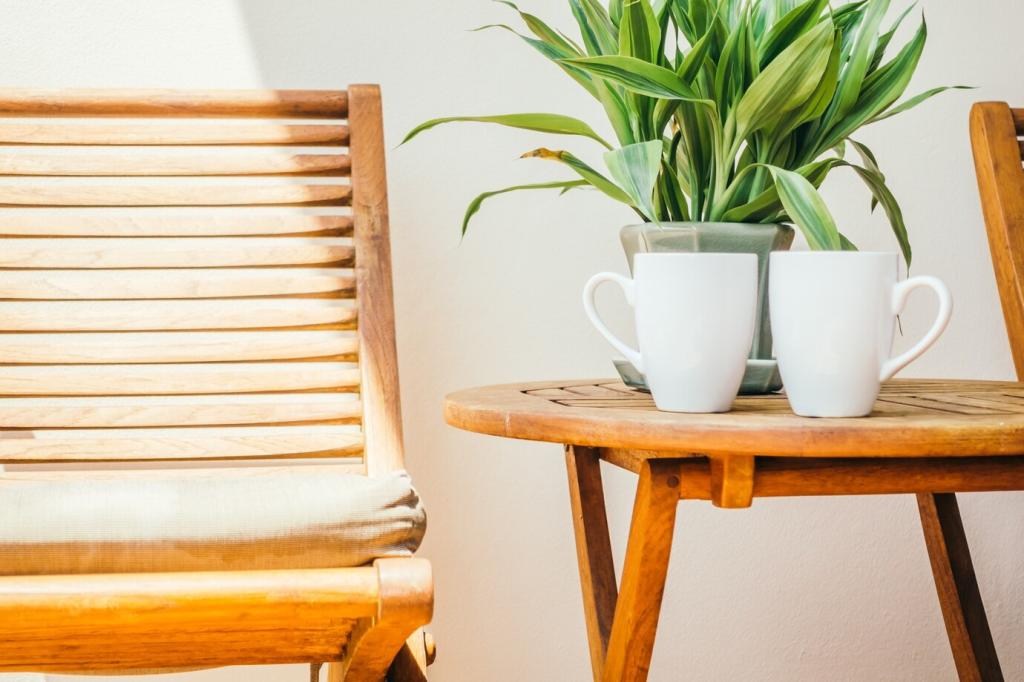
DIY Projects That Tell a Story
Select heat-treated pallets, disassemble carefully, and reassemble with tighter spacing. Add locking castors, sand lightly to keep character, and finish with low-VOC oil. A weekend’s effort yields a sturdy, storied table perfect for gatherings and late-night conversations.

DIY Projects That Tell a Story
Rip straight edges, drill concealed bracket holes, and seal against moisture. The wood’s saw marks and knots frame books like artifacts. Post your shelf styling tips—plants, ceramics, and photos that honor the lumber’s hardworking past.
Blending Old and New with Intention
Set rough-sawn oak against matte black steel or powder-coated frames. Clean geometry emphasizes grain, while negative space keeps compositions calm. This dialogue between eras creates interiors that feel current yet rooted in meaningful material history.
Blending Old and New with Intention
Warm LEDs enrich aged wood; cooler temperatures flatter reclaimed metal and glass. Choose wall colors that echo undertones—smoky taupe, mineral gray, or chalky white. Subscribe for our palette guide crafted specifically for reclaimed interior combinations.
Budgeting, Timelines, and Logistics
Calculating True Costs Beyond Purchase Price
Include transport, cleaning, milling, and finishing. Factor tool rentals and protective equipment. Unusual dimensions may require custom fabrication. A realistic spreadsheet preserves enthusiasm—and ensures reclaimed interior design remains a joy, not a stressor.
Negotiation and Batch Buying Strategies
Ask for lot pricing, especially on flooring runs or matching doors. Offer pickup flexibility to win better deals. Build trust by communicating clearly and paying promptly. Tell us your best negotiation tip to help other readers succeed.
Storing and Acclimating Materials
Keep wood off concrete, sticker stacks for airflow, and monitor humidity. Acclimate indoors near installation areas for several days. Label bundles by room to streamline workflow. Share your storage hacks for keeping reclaimed collections safe and ready.
